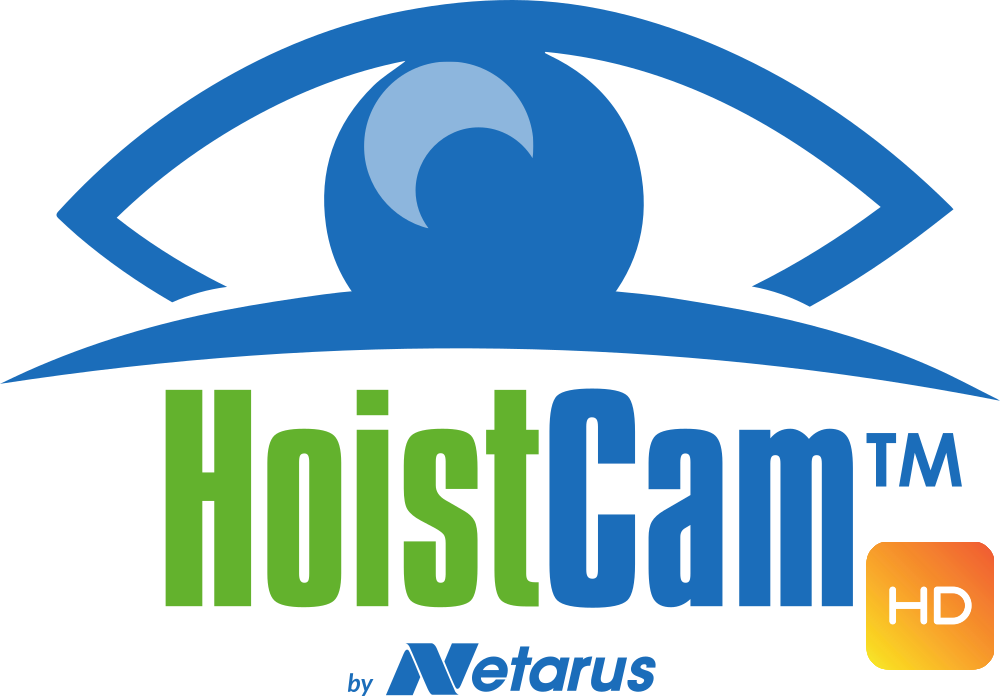Between the years of 1992 and 2006, a total of 307 incidents involving cranes were reported, with an average of 22 annual deaths of construction workers, according to a report from the Center for Construction Research and Training (CPWR). During that time, there were a total of 12 crane-related accidents that resulted in multiple deaths. Of those reported, 216 of the deaths involved truck cranes or mobile cranes, 16 involved tower cranes, 13 involved barge or floating cranes, and 12 involved overhead cranes. Electrocutions caused by the crane coming into contact with overhead power lines caused 102 of those deaths, and 5 of the deaths were caused by a construction worker being hit with a moving boom of the crane.
The group of construction workers which were hit with the highest death count in these accidents was construction laborers. A total of 96 construction laborers died during that time from crane-related accidents. There were 74 heavy equipment operators killed in crane-related accidents during that time, and 40 supervisors, managers, and administrators. Iron-workers, mechanics, electrical workers, truck drivers, welders, and carpenters were also killed in crane-related accidents between 1992 and 2006, as were innocent by-standers, pedestrians, and visitors.
Sadly many of these deaths could have been prevented if the crane operator had only had a better view of the job site and better communication with the riggers and subcontractors below. Crane operators are often forced to perform what is called “blind lifts,” in which he cannot see the load that he is moving, and cannot see the path in which the load will be moved. In such cases, the crane may strike a power line, or the boom may hit obstructions which then fall onto the ground below, or it may even strike people who are in it’s path. Using only hand signals and radios for communication, those on the ground often cannot alert the crane operator to danger in time for him to react. This sadly causes tragic accidents to occur far too often.
HoistCam has seen the devastation that these types of accidents can cause, and has created a solution which can drastically reduce the number of accidents and fatalities on the job site. By adding HoistCam’s cameras on cranes, the chances of an accident due to blind lifts and miscommunication is decreased exponentially. A camera can be mounted onto the crane’s boom, the hook, or anywhere on the job site that the crane operator needs to see. Live footage is fed back to a monitor in the cab of the crane, where the crane operator can simply glance at the screen to see the load and the path of the lift.
Instead of trying to see hand signals from men who could be hundreds of feet below them, with HoistCam’s cameras on cranes the crane operator can see the men in the monitor and get a clear view of their communication. The operator can also see the cargo and make sure that the load is balanced, secured, and properly loaded. The entire path of the lift is now visible to the crane operator, eliminating the chance of the crane’s boom striking obstructions, power lines, or people. It is easy to see how HoistCam’s cameras on cranes can reduce the numbers of accidents and deaths on the job site.


